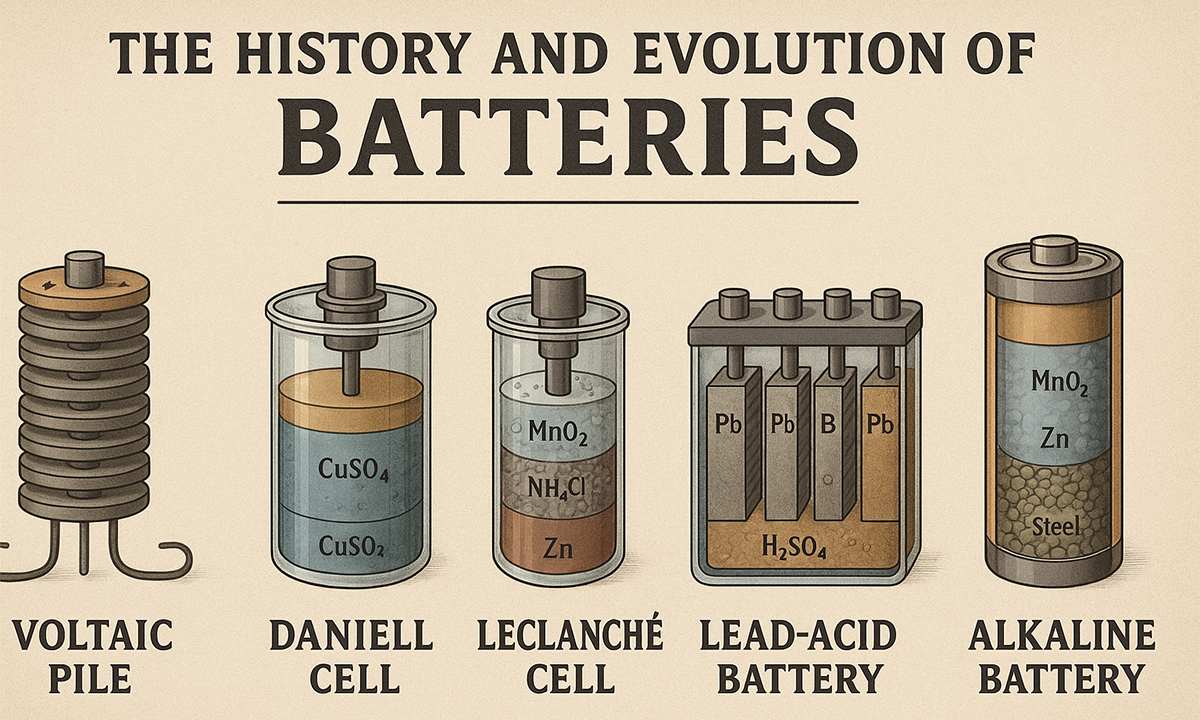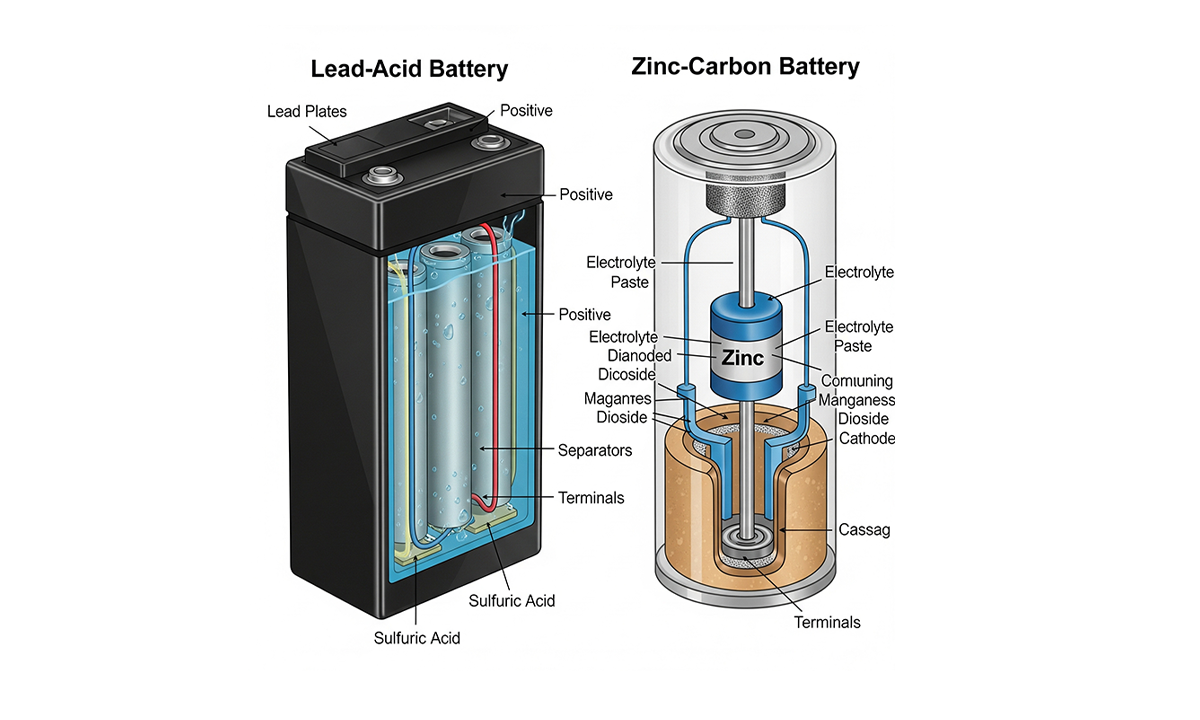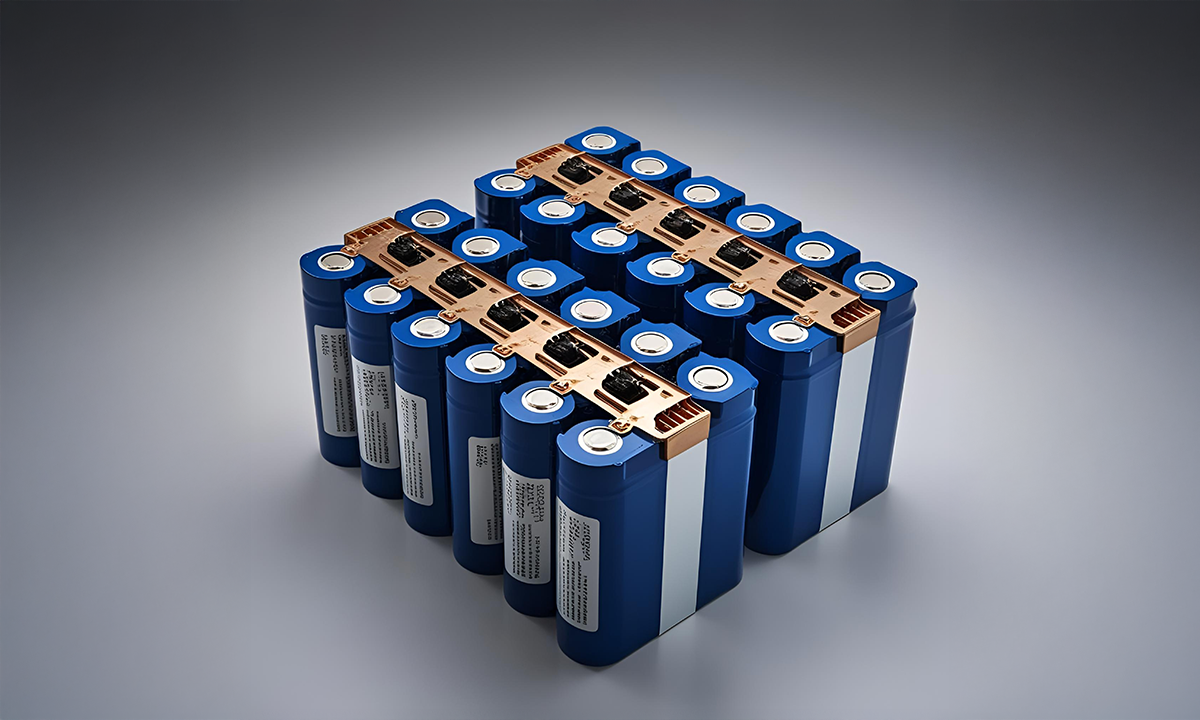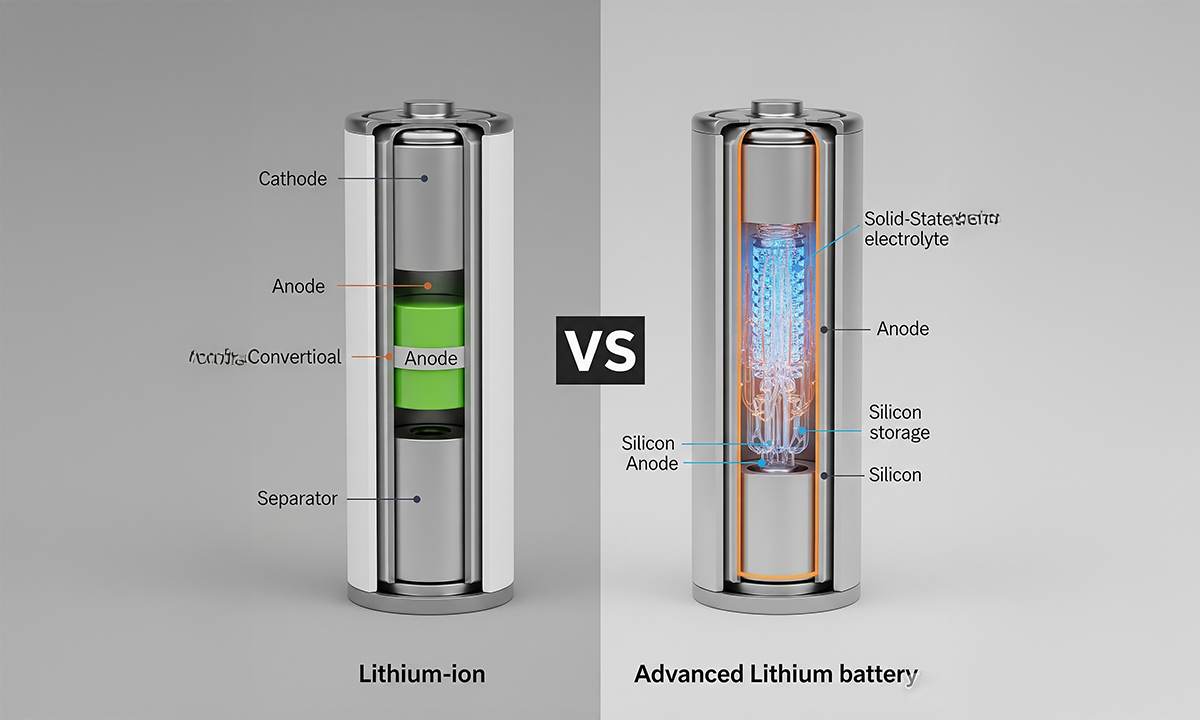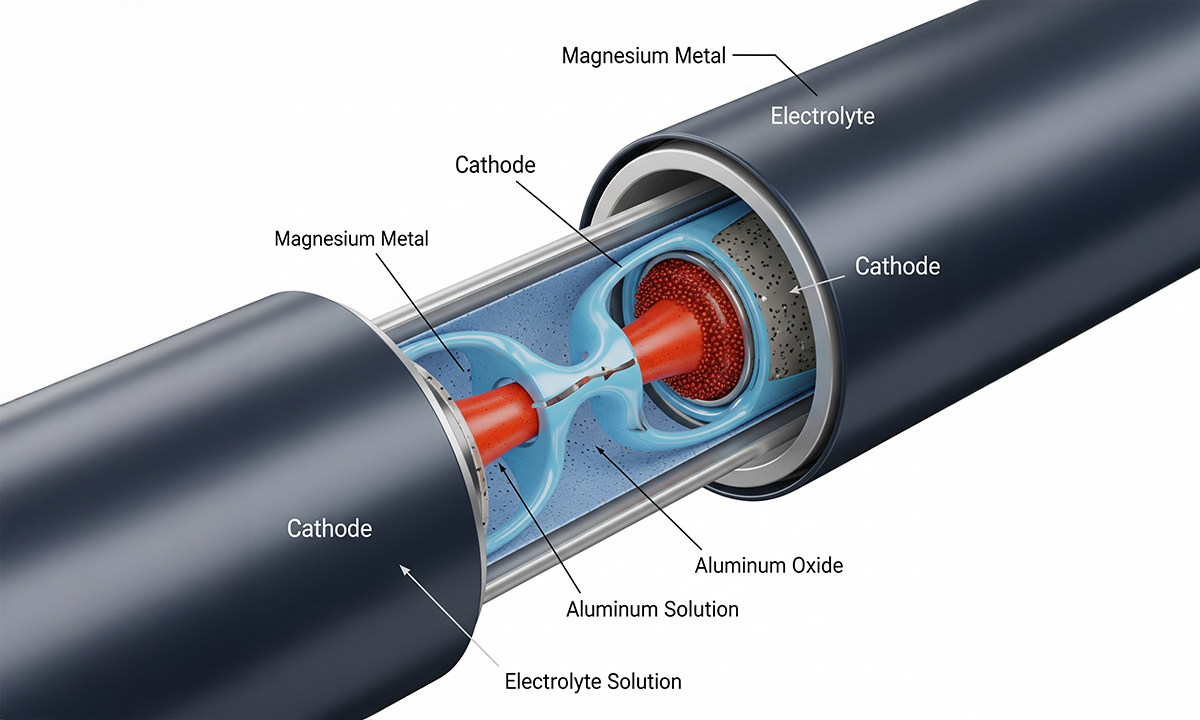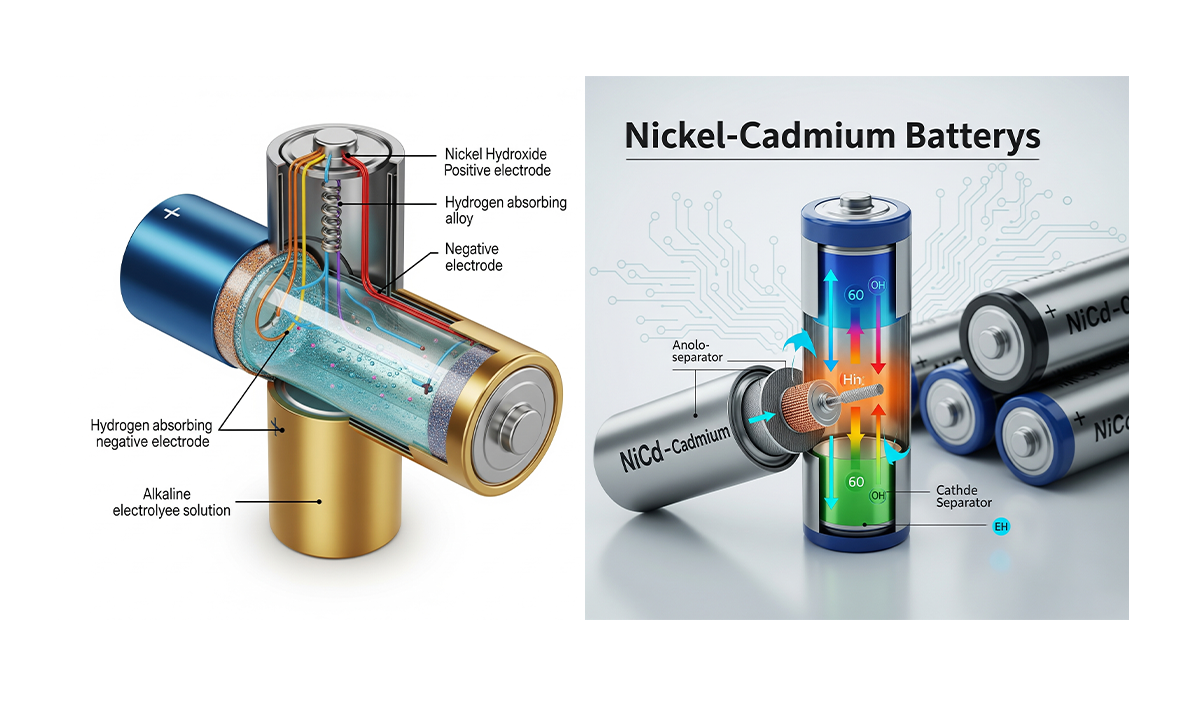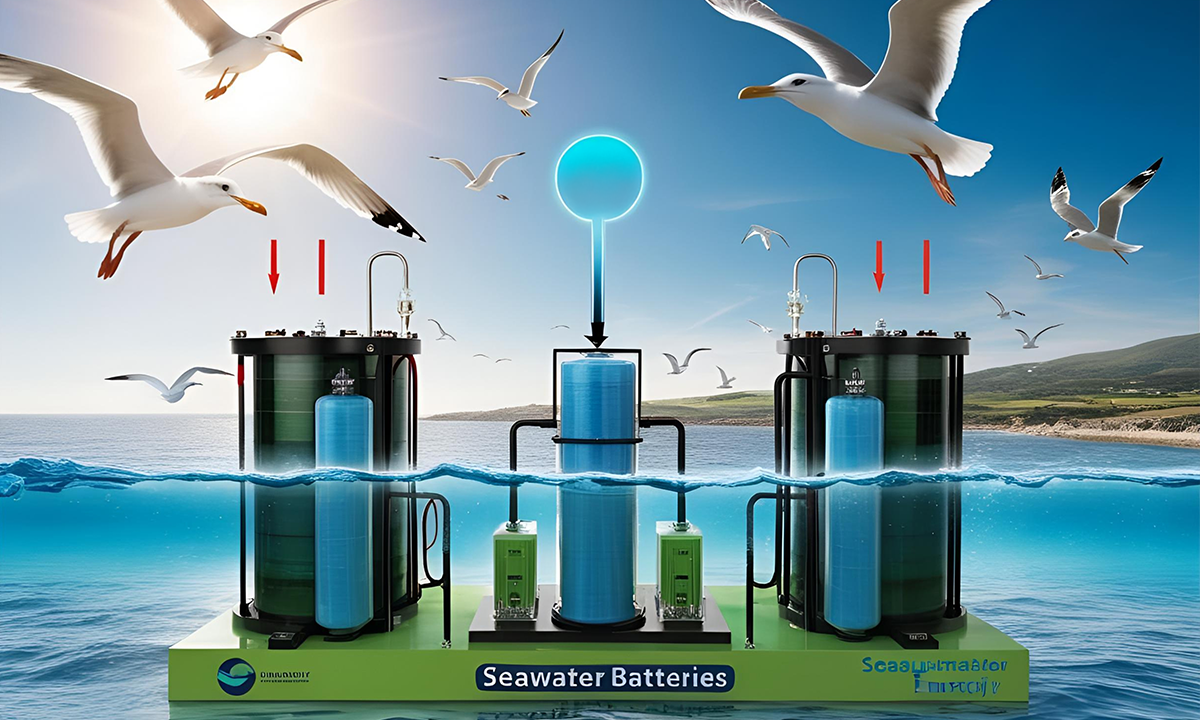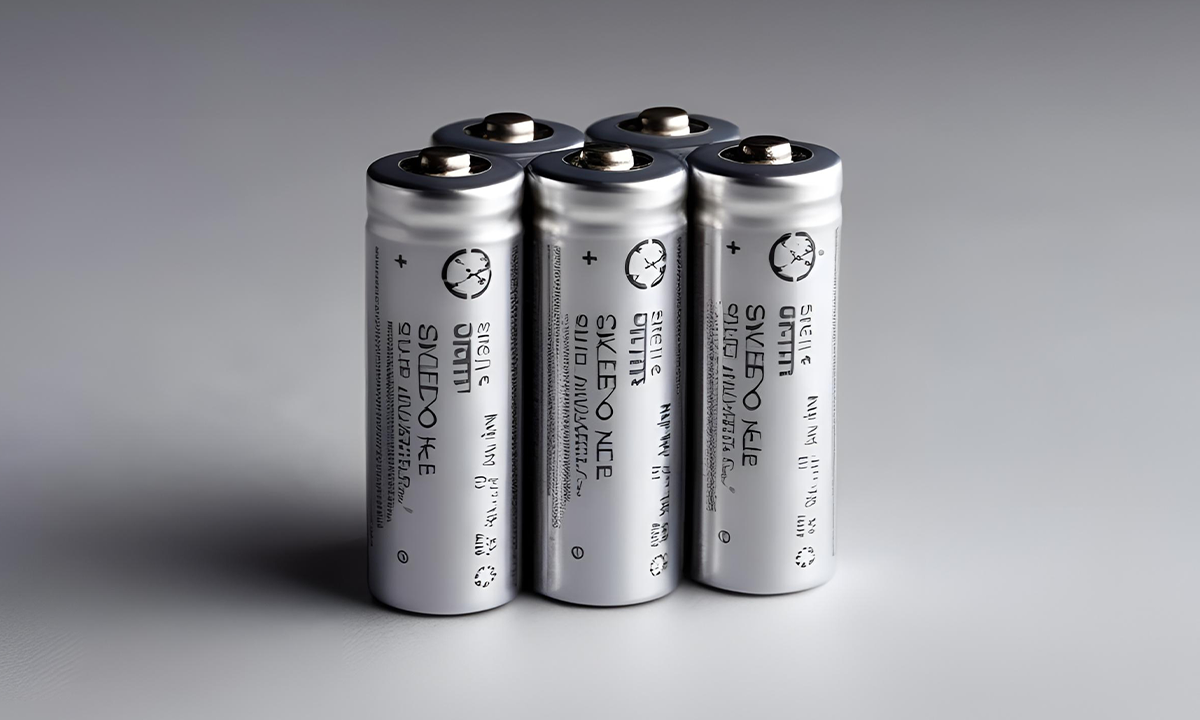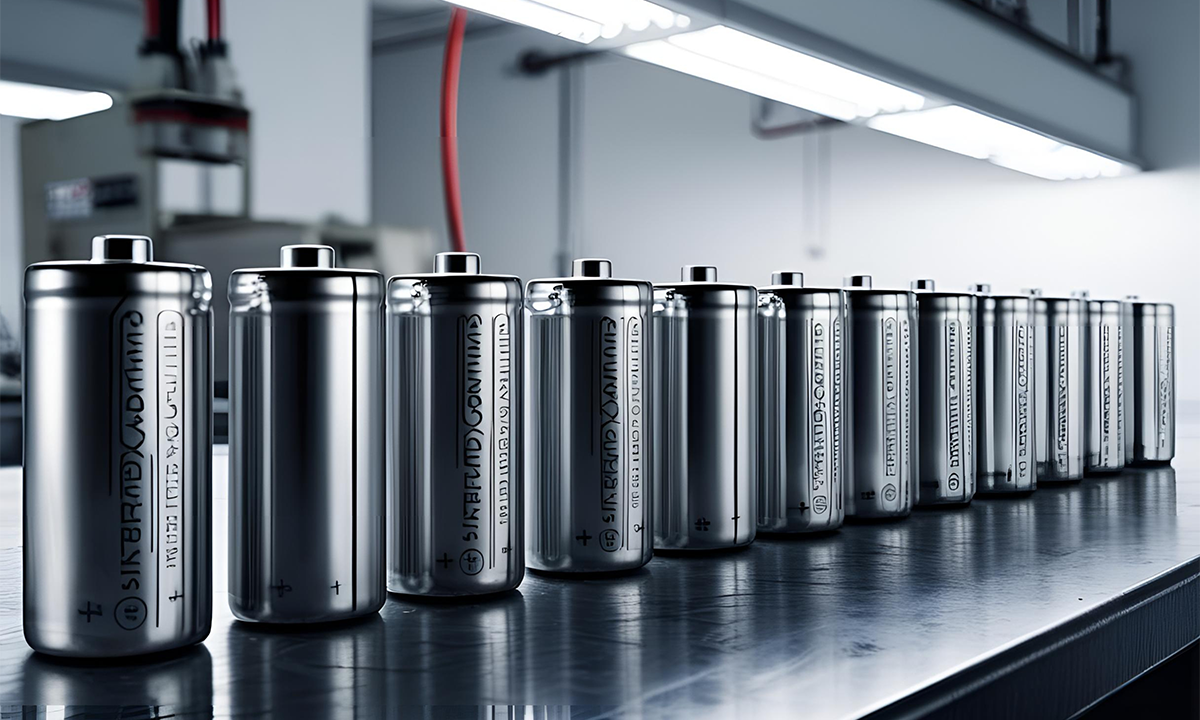Have Any Questions?
+800-327-9912
Batteries
About Tesla
Nikola Tesla was one of the earliest visionaries of advanced energy systems and storage. He imagined a future where power could be generated, transmitted, and stored efficiently—without waste or unnecessary limitations.
His pioneering work with high-voltage systems, capacitors, and wireless power laid a conceptual foundation that continues to influence modern battery technologies. Today, Tesla’s legacy inspires innovations in energy storage, electric vehicles, grid-scale batteries, and portable power systems—enabling a more flexible and efficient energy future.




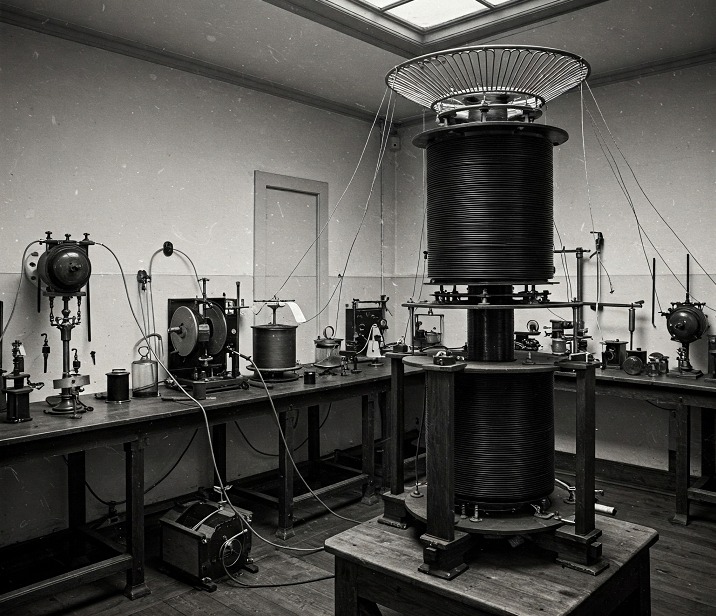
Empowering Innovators for Generations to Come
Tesla was one of the earliest minds to imagine a future where energy could be generated, stored, and used with unprecedented efficiency. He believed that natural forces—like electromagnetic fields and atmospheric electricity—could power the world without limits. His groundbreaking experiments with high-frequency currents, wireless energy transfer, and resonance laid the foundation for many of the principles that influence today’s battery and energy storage technologies.
Tesla’s development of alternating current (AC) revolutionized electricity distribution, making it possible to deliver power over long distances—an essential advancement that underpins today’s grid-connected battery systems. He also envisioned compact energy storage and transmission systems that could function independently of large-scale infrastructure. This vision continues to inspire innovations in lithium-ion batteries, solid-state storage, wireless charging, and energy-dense portable systems.
- Hands-on learning with real-world applications
- Courses designed by experts in cutting-edge fields
- Community-driven support for lifelong learners
- Future-focused content built on Tesla’s visionary spirit
Join us—and spark the future of innovation.
WHY CHOOSE US
We’ve created resources to help you learn more about Batteries
01
Tesla didn’t invent the battery, but his groundbreaking ideas about electricity, energy systems, and power flow laid the foundation for modern energy storage.
02
Batteries have played a crucial role in shaping modern technology, enabling everything from portable electronics to electric vehicles. The earliest experiments with electricity involved rubbing materials like glass to create static charge, but it wasn’t until Alessandro Volta’s invention of the voltaic pile in 1800 that the first true battery was created. Since then, battery technology has evolved dramatically, powering the world in ways that Volta and his contemporaries could have never imagined.
03
This article explores how alkaline batteries work, their advantages, limitations, best applications, and the future of this widely used battery technology.
04
Aluminum-air fuel cells (Al-air) are attracting significant interest in the energy industry due to their exceptional energy density, safety profile, and environmental compatibility
05
Lead-acid batteries have been a cornerstone of power storage for over a century, playing a vital role in vehicles, backup power systems, and industrial applications. They remain one of the most widely produced batteries, accounting for nearly 40-45% of global battery sales.
06
Lithium-based batteries have revolutionized the energy storage industry due to their lightweight properties, high voltage output, and superior energy density. With the ability to produce voltages above 3V, lithium has become the preferred material for high-performance primary and secondary batteries over the last two decades.
07
Lithium-ion (Li-ion) batteries have transformed energy storage, offering high energy density, long cycle life, and low self-discharge rates. Unlike early lithium-metal batteries, which posed safety risks, lithium-ion technology eliminates pure lithium metal in favor of lithium intercalation compounds, making them safer and more efficient.
08
Magnesium and aluminum are promising candidates for use as anode materials in primary batteries due to their abundance, low cost, and high electrochemical potential. These lightweight metals offer high energy efficiency on both a gravimetric (weight-based) and volumetric (size-based) basis, making them attractive for various applications.
09
NiMH batteries emerged as an improvement over NiCd batteries, offering higher energy capacity and reduced environmental impact. Unlike NiCd batteries, which rely on cadmium, a toxic heavy metal, NiMH batteries store hydrogen within a metal alloy, making them a more sustainable alternative.
10
Seawater batteries are a unique type of metal-seawater electrochemical cell that use seawater as the electrolyte. Unlike conventional batteries, which store all their components internally, seawater batteries remain inactive until submerged, making them lightweight, long-lasting, and ideal for maritime applications.
11
Silver oxide batteries, also known as zinc-silver oxide (Zn/Ag₂O) batteries, are high-energy, reliable power sources commonly used in small electronic devices. With one of the highest energy densities of all battery types, silver oxide batteries are ideal for button.
12
Silver-cadmium (Ag-Cd) batteries are a high-performance rechargeable battery technology that combines the best features of nickel-cadmium (NiCd) and silver-zinc (Ag-Zn) cells. With twice the shelf life of silver-zinc batteries and a higher cycle life, silver-cadmium batteries are a reliable energy source for specialized applications such as military, aerospace, and medical equipment.
13
Silver-zinc batteries are high-energy-density rechargeable batteries commonly used in emergency power systems, aerospace applications, and military electronics. They offer a lighter weight and higher capacity than lead-acid and nickel-cadmium (NiCd) batteries but come with trade-offs, such as higher cost and fewer charge cycles.
14
Thermal batteries are a high-temperature primary battery technology primarily used in military and aerospace applications due to their long shelf life, instant activation, and high power output. Unlike conventional batteries, thermal batteries remain inactive until heated to operational temperatures, typically 400–600°C.
15
Zinc-air batteries, also known as zinc-air fuel cells, use oxygen from ambient air as the cathode reactant, making them lightweight, high-energy, and environmentally friendly. Since the majority of the battery’s volume is zinc, these batteries have one of the highest energy densities of any primary battery system.


